Smart home devices can impact our environment while helping automate your home
One of the benefits of smart home devices that we often forget about is their energy efficiency.
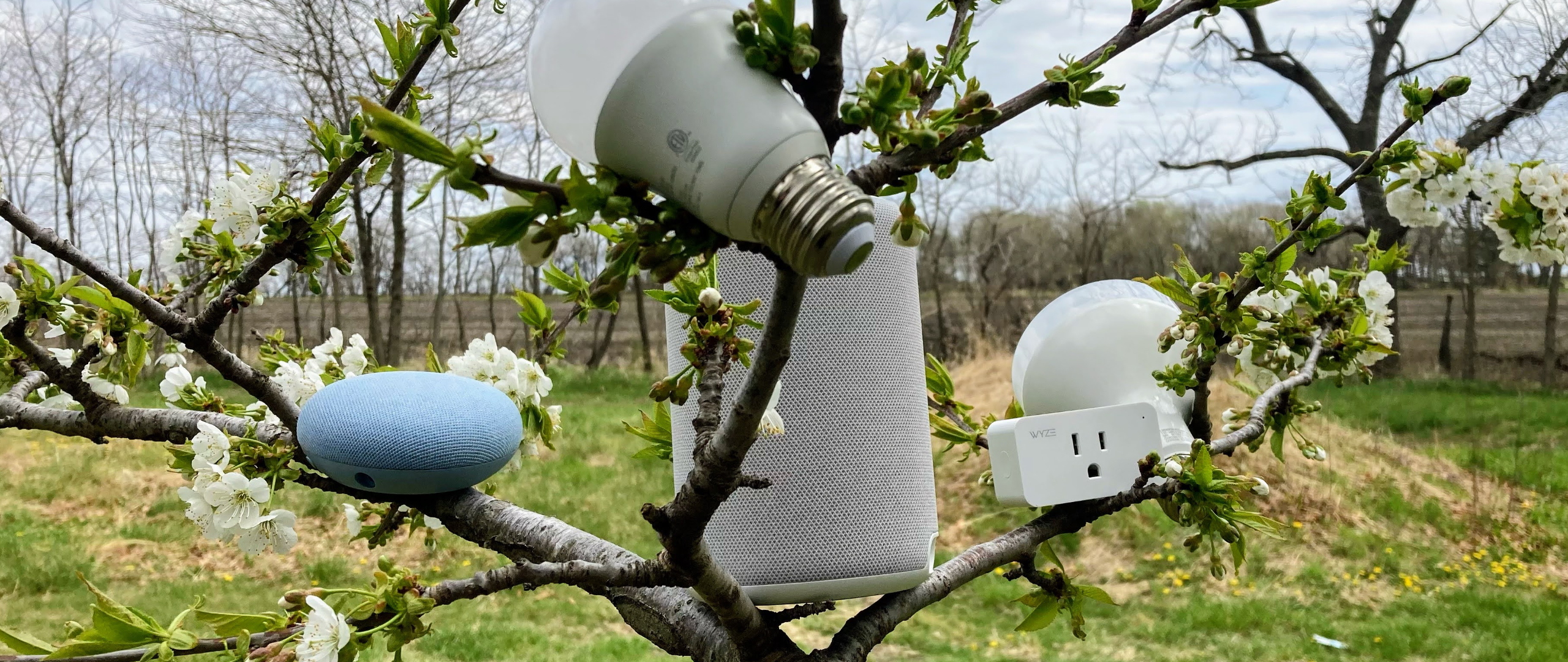
Rising costs are all around us, including the cost of powering our homes. Aside from the financial impact on our wallets, electricity generation is a consistent point of emphasis when finding ways to reduce our impact on the environment. One of the things that can help lower the energy costs in the home and lower your home's electricity requirements is the utilization of smart home devices.
Take lighting, for example; traditionally, people have used incandescent bulbs in most lighting fixtures in their homes. These bulbs have a filament with an electrical current passed through it, which causes the material to glow. This process is inefficient compared to more modern lighting options, generating additional heat and more waste. Because these lights have an average lifespan of about 750 hours, these bulbs need replacing more often.
Perhaps the simplest way to reduce energy usage in the home is with smart lights.
There is the alternative of using a newer LED light bulb. This option requires less electricity to operate, doesn't generate nearly the same amount of heat, and lasts far longer — 10,000+ hours. But you can make an LED bulb even more efficient by making it smart. Adding smart lights to your home can be one of the easiest ways to fix your energy costs and reduce the impact on planet Earth.
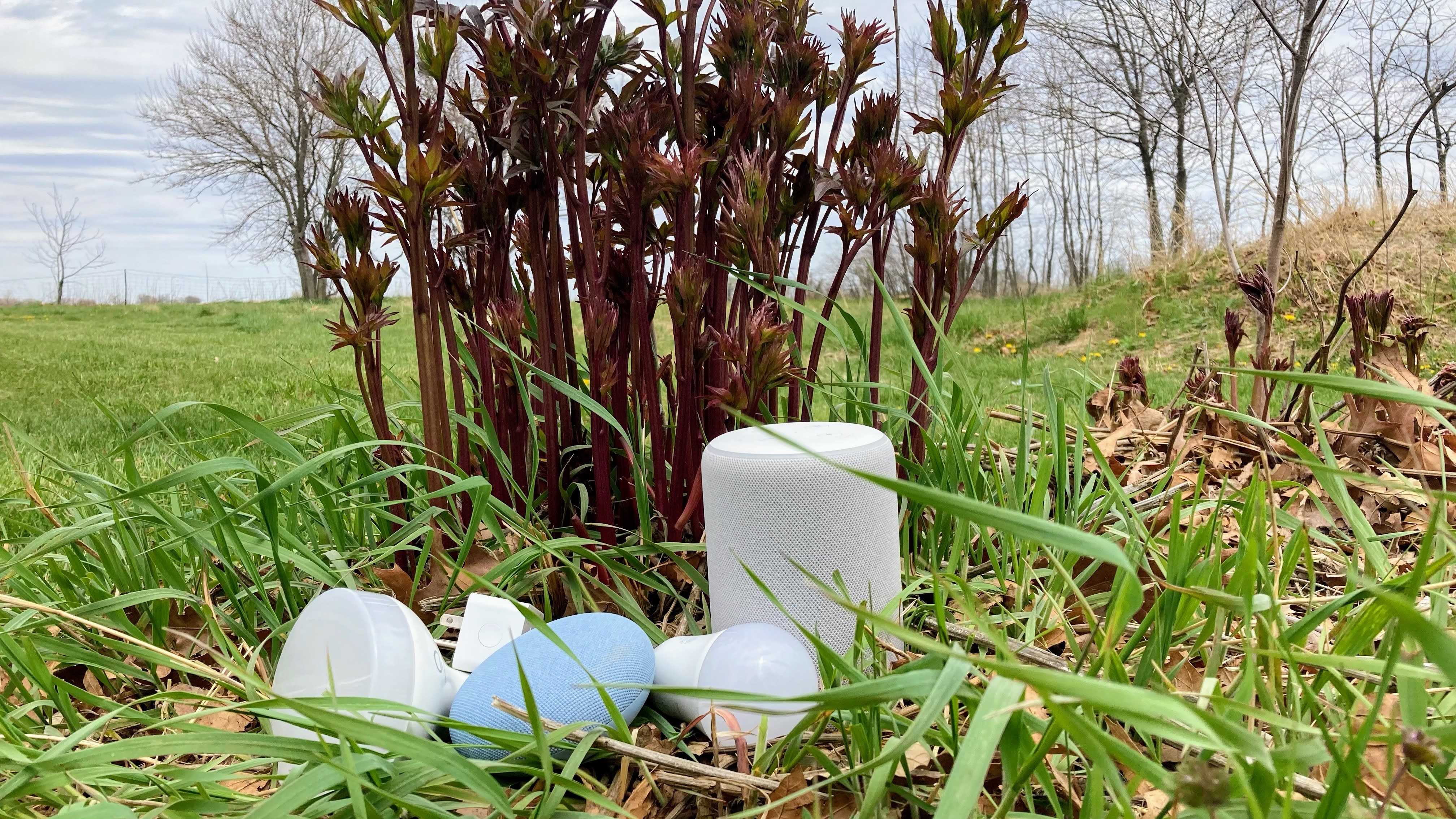
Some may think that adding smart lights to their home is very expensive, and it was at one point. However, the cost of entry into building out a smart home has come way down in the past couple of years. Now, there are lots of great cheap smart lights available, as well as expanding options for different types of lights aside from a regular bulb style. Not all brands offer a wide range of fixture types, so you may be mixing and matching lights from different companies — but that's okay.
While you'll have to deal with multiple apps on your phone for each brand, which is a frustrating proposition, the good news is that there are options to manage them all from a central service. Amazon Alexa and Google Assistant both integrate with many different smart home devices. Another great option is to use a dedicated smart home platform like Samsung SmartThings to bring all of your devices into a single control point.
Smart lights help save energy through scheduling on/off times, dimming, and more control options.
Using more than one smart home device brand shouldn't deter you from building your smart home. Aside from the central control options available today, Matter, a new communication standard for IoT devices, is coming soon to allow even better interoperability of different brands. This has the potential to increase smart home device adoption and make it easier for users and companies to integrate these products.

GE, one of the largest lighting manufacturers in the world, makes some of the best smart lights in its Cync brand. So, when I got the opportunity to speak with Patrick Miltner, Director of Product Management for GE Lighting, a Savant Company, about Matter and GE's products, I was very excited.
Get the latest news from Android Central, your trusted companion in the world of Android
I asked Miltner what benefit GE's Cync sees in adopting the new Matter standard; he told me, "Cync was the first smart home partner to integrate directly with Google as part of the original Made for Google program (now Google Seamless Setup). While we've invested heavily in the Cync app and it's the most fully-featured experience for our users, the reality is that there's a portion of users in the market that prefer using their smart assistant as the hub for their smart home. That was true when we launched our Google integration, and it's still true today.
"Matter now makes it easier for the user and manufacturer to accomplish this, and we intend to continue these direct integrations in the future. The key here is that in a single product, users will retain the choice of using the Cync app or using the Matter platform, just like they do today with our other assistant integrations."
A singular language that all smart home devices can utilize to reduce the friction in using these products has great potential.
Smart lighting helps reduce energy costs inherently by using LEDs to create illumination. But these lights help even more thanks to the smart features like being able to schedule your lights — from when they turn on or off to when they are dim or bright. Check your app to see if you forgot to turn off the lights when you went to work or on vacation. These are just a couple of ways smart lights can help your budget and the planet.
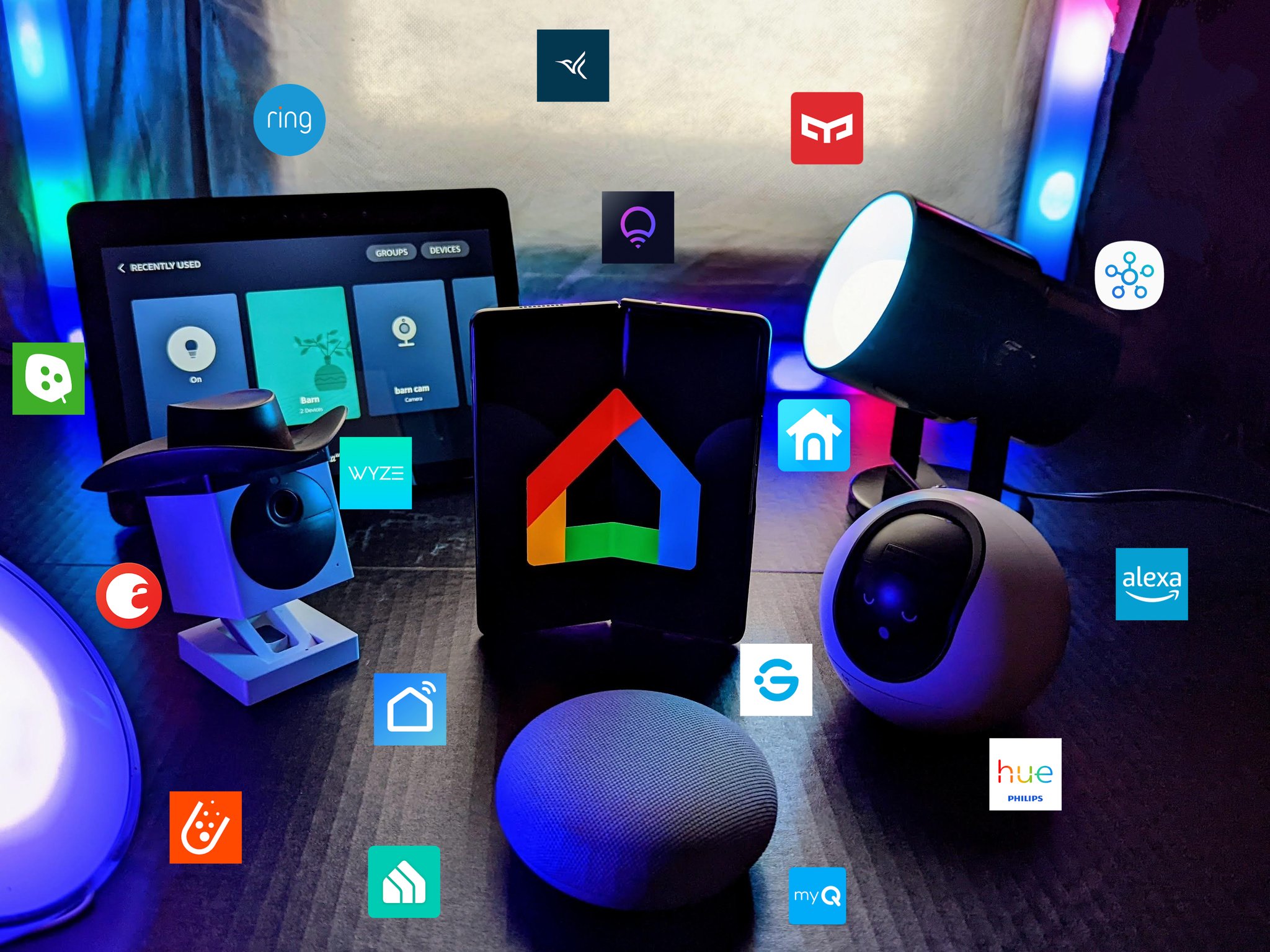
Of course, there are far more smart home devices than just lights. If you want to find ways to add energy efficiency to some larger devices, then one avenue is to look at what LG offers. The company has an entire line of appliances on its ThinQ platform that can change not only how you think about things like doing laundry to keeping your food cold.
In an Earth Day blog post, LG lays out one example of how smart appliances can contribute to reducing energy costs: "Remote control and monitoring features also help to cut unnecessary electricity use. Let's say, for example, that the front door has been locked and everyone has set off for a much-needed vacation, but one of the appliances has accidentally been left on. With the LG ThinQ app, that's not a problem. From any location, simply pull out your smartphone, check the status of each appliance, then turn off whichever one is still running. With that done, there's nothing left to do but get down to the serious business of R & R."
The Matter standard development brings opportunities to brands to expand into areas that they may not have considered before due to the additional work required to get each device to properly work with others — GE Cync is one of those brands. When asked if Cync would be exploring other smart home devices, Miltner said, "We've been on a journey in the last year that took us beyond lighting and into security and climate products. That expansion will continue for us, and while Matter compatibility may become an added benefit of these expansions, it's not the driving force. We've been purposeful with our expansion plans, and that will continue into the future for Cync as we leverage the experience of Savant in the professional home automation space and bring that into the DIY smart home arena."
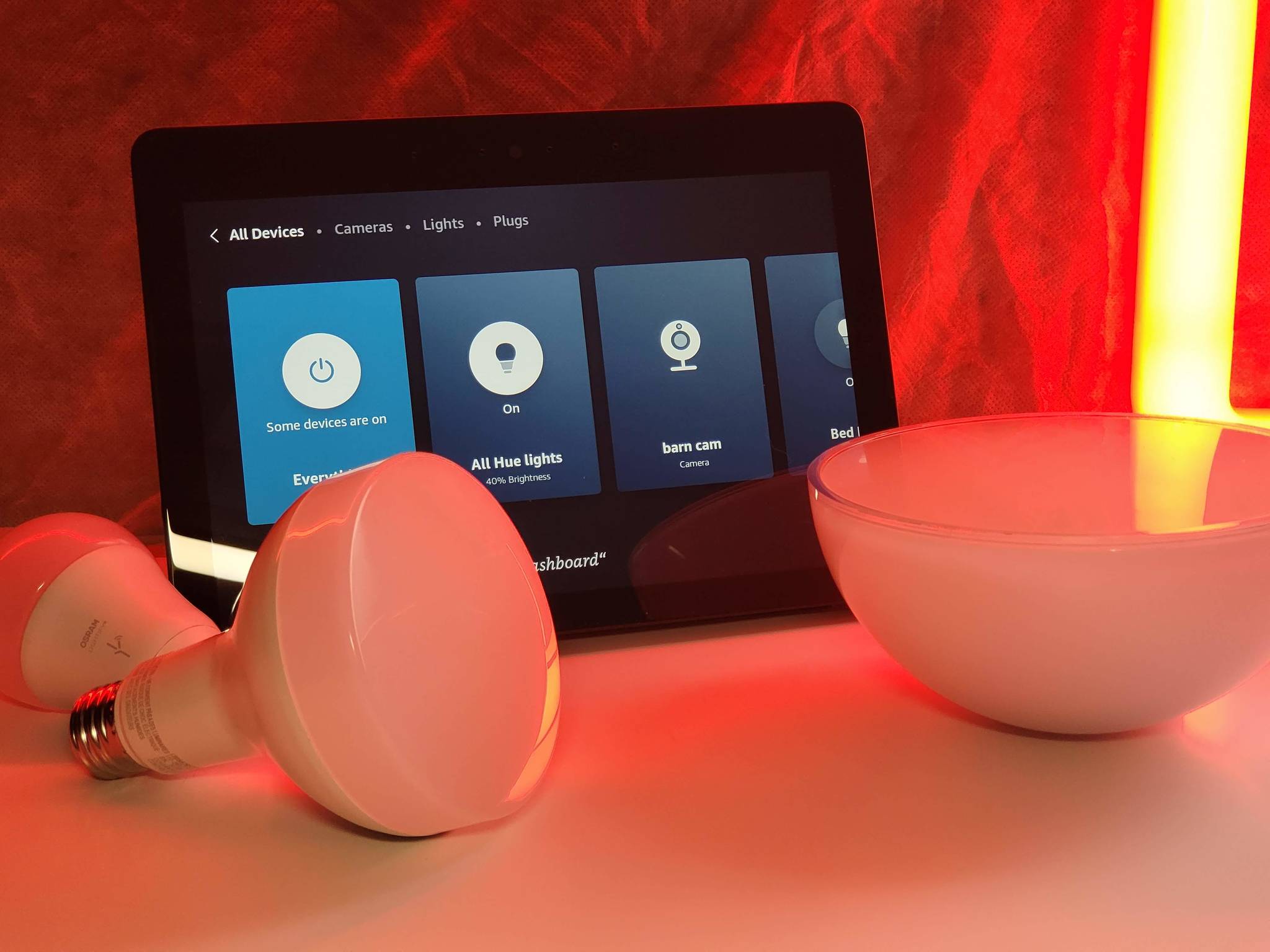
If purchasing a major appliance isn't in the cards for your home right now, another great way to further reduce the energy requirements of your house is by installing any of the excellent smart thermostats available. One of the most popular on the market is the one that really kicked off the segment — the Nest Smart Thermostat.
One of the most power-hungry things in a home is the HVAC, heating and cooling, systems. Aside from replacing your entire system, which can be quite expensive, putting in a smarter control is the next best thing. Smart thermostats give you control over the temperature, mode, fan, and more from anywhere you have an internet connection. Going even further, many of the thermostats will learn your preferences and whether you are home or not to determine if they can reduce the runtime for your HVAC — saving both money and energy.
Nest Smart Thermostats work to reduce energy usage in the home and globally.
Nest Smart Thermostats, for example, use all of the methods I just mentioned to reduce energy usage in your home and how to effect change globally. Programs like Nest Renew utilize all of the information that each thermostat gathers and global energy metrics to try and find ways to adjust HVAC runtime in your home to take advantage of when electricity costs are low and clean energy is being generated. This, in turn, saves you money and reduces the impact of each home on the planet.
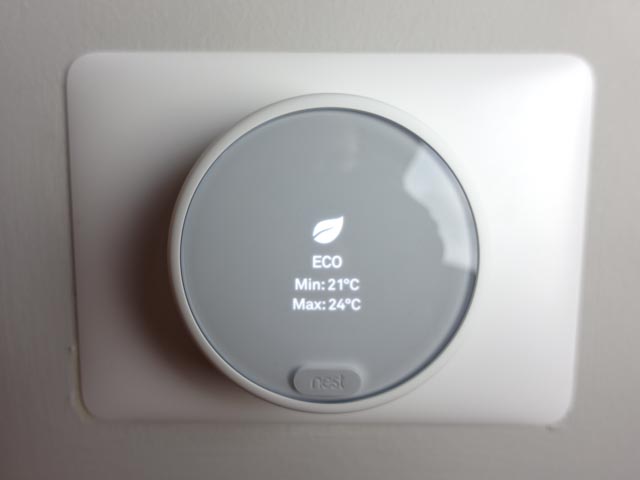
The chances are that if something can plug into a wall, then there is likely a smart version of that device. Sure, there is a learning curve to setting up a smart home. But, there are a lot of benefits to doing so in addition to the positive impact it can have on the planet. Starting small with lights or maybe one of the best smart outlets is a great way to get going, then build up from there.
Finding ways to monitor your home's energy usage to make more informed decisions on products you purchase, smart or not, can make a difference in both your bank account and the environment. One option is to use the Amazon Alexa Energy Dashboard to see the energy usage for the devices connected to your Amazon Alexa account. Another way is by having a dedicated device like the Emporia Energy Vue 2 to monitor your home electrical consumption right at the source — the breaker box.
Whether you decide to start small with some outlets and lights in your home or go for a clean slate approach and make anything and everything smart — that first step in making your home more energy efficient is an important one. Plus, with such a massive catalog of smart home products on the market right now, the ways you can outfit your home have never been greater.

